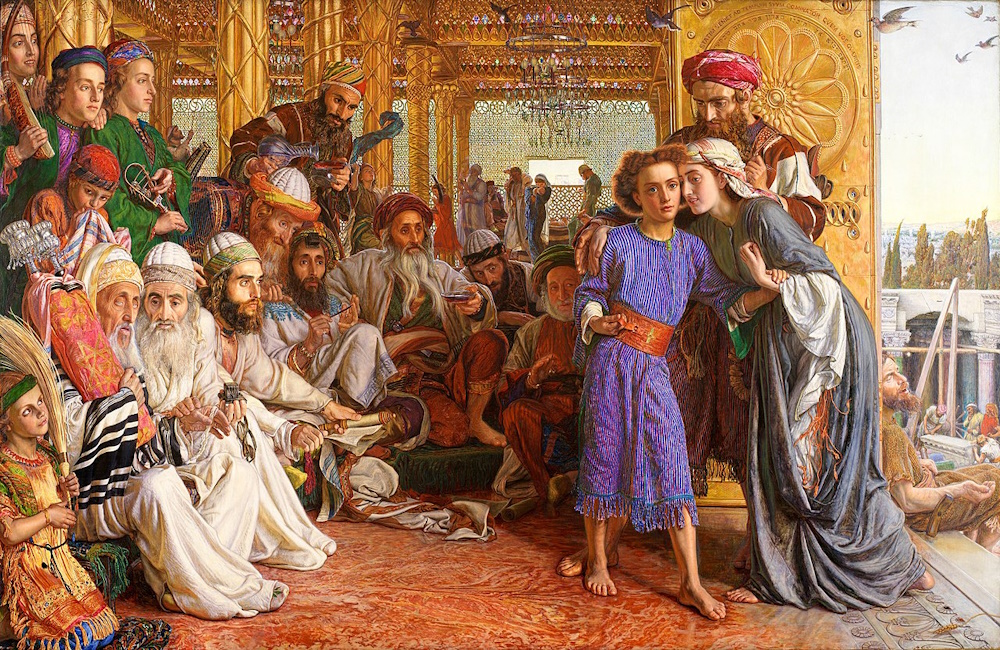The Bible and the Quran are two of the most influential religious texts in history, each presenting a unique portrayal of Jesus. Although both texts feature Jesus prominently, their depictions of His life, particularly His childhood and miracles, differ significantly. This article delves into these differences, comparing two childhood miracles of Jesus as described in the Quran with the Biblical narrative, to unveil Jesus’ true identity as revealed in God’s Word, the Bible.
Jesus’ Childhood Miracles in the Quran
In the Quran, Surah Maryam (19:29-30) recounts an extraordinary event where the infant Jesus speaks from the cradle to defend His mother, Mary, from accusations of infidelity. The passage states: “But she pointed to him. They said, ‘How can we talk to one who is a child in the cradle?’ He said, ‘Indeed, I am the servant of Allah. He has given me the Scripture and made me a prophet.’” This miraculous speech affirms Jesus’ divine mission from a very young age, exonerating His mother and establishing His prophetic role.
Another remarkable miracle is described in Surah Al-Imran (3:49), where Jesus, as a child, creates a bird from clay and breathes life into it: “I have come to you with a sign from your Lord: I will create for you out of clay the likeness of a bird. Then I will breathe into it, and it will be a bird, by Allah’s permission.” This miracle is part of a series of signs that underscore Jesus’ prophetic authority. Notably, these childhood miracles mentioned in the Quran are drawn from Gnostic Gospels, which are not recognized by mainstream Christianity.
Jesus’ Childhood in the Bible
In contrast, the Bible does not record any instance of Jesus speaking as an infant. Instead, the Gospels focus on His adult ministry, teachings, miracles, crucifixion, and resurrection.
The closest biblical account of Jesus’ early display of wisdom is found in Luke 2:41-52, where the twelve-year-old Jesus engages with teachers in the temple: “After three days they found him in the temple courts, sitting among the teachers, listening to them and asking them questions. Everyone who heard him was amazed at his understanding and his answers” (Luke 2:46). While this narrative showcases Jesus’ exceptional wisdom, it does not depict any supernatural speech from infancy.
The Bible does not mention Jesus performing any miracles during His childhood. His first recorded miracle is at the wedding in Cana, where He turns water into wine, as detailed in John 2:1-11: “This, the first of his signs, Jesus did at Cana in Galilee, and manifested his glory. And his disciples believed in him.” This event marks the beginning of Jesus’ public ministry and reveals His divine authority and compassion.
Differences in Emphasis: Quran vs. Bible
Apart from the records of Jesus Christ’s birth, the Bible remains largely silent about His childhood until He is twelve years old. After that, nothing more is mentioned until He performs His first miracle at Cana.
The Quranic depiction of Jesus’ childhood miracles may serve to affirm His prophetic status and unique birth. However, these stories, derived from non-canonical sources, do not align with the biblical accounts, which emphasize Jesus’ miracles as signs pointing to His identity as the Son of God and the Savior of humanity.
Jesus Christ Today
Jesus Christ is still alive today, offering miracles to those in need. More importantly, He provides eternal life, free of charge, to anyone who believes in Him. Consider the unparalleled gift of salvation that Jesus extends to all.
Conclusion: The Origins of Quranic Childhood Miracles
The Gnostic Gospels—ancient texts that mainstream Christianity does not recognize—appeared several centuries before the time of Muhammad. Historical evidence suggests that Muhammad incorporated elements from these Gnostic writings into the Quran. This means that the childhood miracles of Jesus described in the Quran were not divine revelations given to Muhammad, but rather borrowed narratives from pre-existing sources. Understanding this context is crucial for a clear and accurate view of the distinct portrayals of Jesus in the Bible and the Quran, and highlights the profound impact of earlier, non-canonical texts on Islamic scripture.
